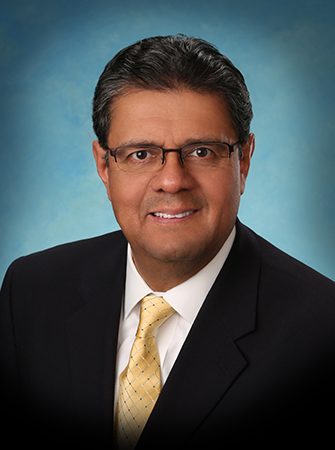
“I didn’t want to be a pastor.” Growing up as a “pastor’s kid,” watching his father in church administration, Velino A. Salazar wasn’t unaware of what the life of a pastor looked like. He didn’t think it was for him; his sights were set on the medical field.
Then, in the summer of 1973, he attended an Adventist Youth (AY) event organized for high schoolers hosted by the School of Theology at Montemorelos College, and something changed. “That afternoon is when I sensed that the Lord was tapping on my shoulder and saying, ‘Go!’” Salazar recalled. “There were three altar calls during the meeting. Finally, on the third call, I responded.”
Even then, he had reasoned that it would be a one- to two-year commitment to reaffirm his faith because he was planning to be a physician. The following summer, Salazar was invited to join an evangelistic team as a Bible worker. “During that summer is when I decided that this is what I really wanted to do—that the plan that I had in mind for two years was gone,” he said.
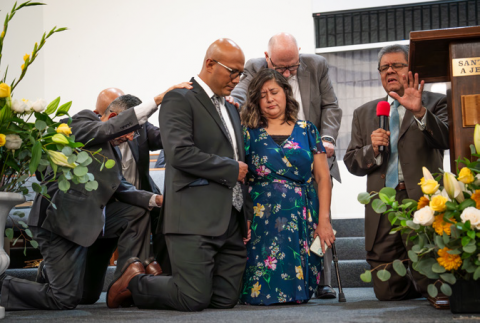
Throughout his life in ministry, Salazar has held a variety of positions. Salazar spent his first five and a half years of ministry in Mexico, first as pastor for two and a half years before moving into the conference office to lead the education and stewardship departments. One year later, youth was added to his responsibilities.
In 1979, the summer camp Salazar organized received a visit from Leo Ranzolin, then General Conference Pathfinder leader. Salazar wanted to become more involved in Pathfinders, and he asked Ranzolin: “Where, in your estimation, can I learn the most about Pathfindering?” Ranzolin pointed him to, among other places, Australia.
So, Salazar began to focus on learning English and planning how he would head to Australia. Yet, upon visiting family in Los Angeles, he met up with some classmates from Montemorelos who urged him to stay in Southern California. He was committed to his plan, but he didn’t see any harm in applying for a local position as assistant Spanish evangelist, as he was still single. After being invited to take the position, in 1983, he moved to Southern California and returned to pastoral ministry. Here, he pastored at three churches: Central Spanish, Culver City Spanish, and San Fernando Spanish churches. It was while he was pastoring that Salazar met his wife, Esther, in January 1985. They married in March 1987.

He again transitioned to the conference office as region director in 1996, a position he held until 2003, when he was voted to serve as the executive secretary, one of the conference’s executive officers. He held that position for 12 years; in 2015, he was voted to serve as the conference president following the retirement of Larry Caviness.
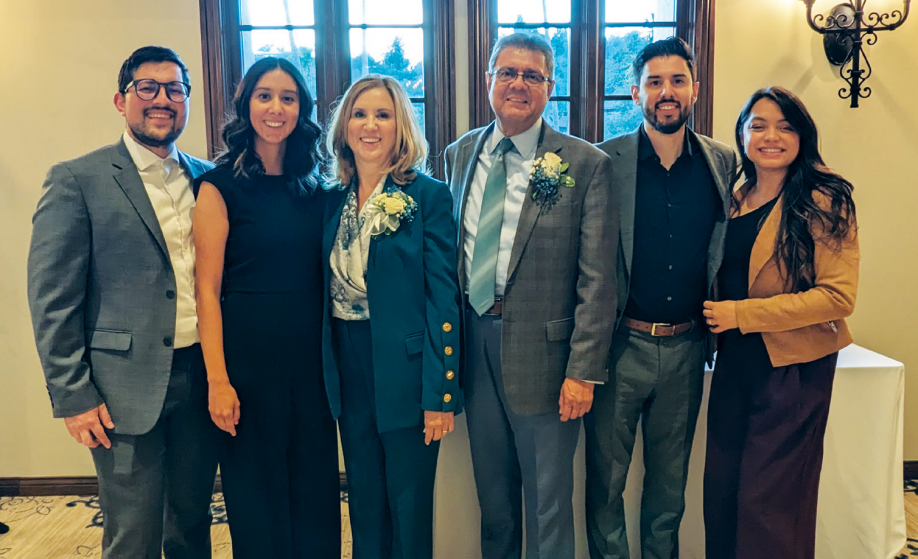
Salazar sought to live out the values he encouraged throughout the conference during his nine years as president. “One of the main roles of the conference president is to keep the church family across the conference united,” he shared. “I think that is the role of those who are at the top of the organization, creating an atmosphere of respect, trust, admiration, and affection.”
While he was admittedly not always comfortable with change, he always invited innovation. “I thought that sometimes the tradition is commodity,” he noted. “Sometimes tradition is something that will relate to laziness. Why? Because new things make you think deeply and take you out of your comfort zone.” He allowed himself to be uncomfortable to consider new perspectives and ideas.
He prioritized integrity and transparency, and his decision-making process showed it. Prayer was central as he wrestled with difficult decisions. “I was thinking there were individuals that were expecting the president to have the last say, when I didn’t know everything, I didn’t have all the answers, and also, I have my biases and my preferences,” he shared. “The only way that I found is seeking for the Lord’s guidance.”
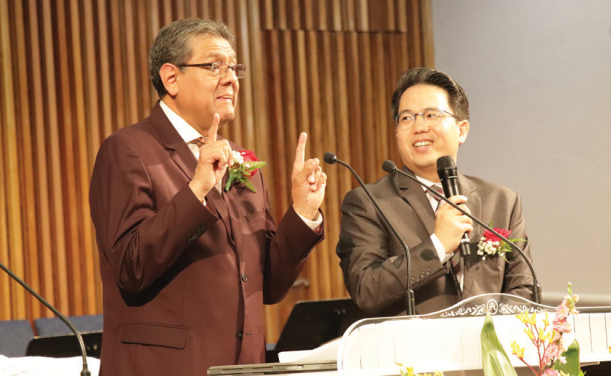
Rich as it was, Salazar doesn’t struggle to summarize his career. “I was called to represent Christ and speak on His behalf—anywhere and to anyone,” he said. “This fits any responsibility that I had.”
Salazar retired in 2024 and continues serving the conference part time as assistant to the president for various projects.
When asked which moments stand out as most fulfilling in his ministry, Salazar was quick to answer. “Most fulfilling is being a pastor—when I had the opportunity to see and help the members to do ministry,” he shared, recalling one experience from the early days of his ministry. He was leading a midweek prayer meeting when a man who was drunk came in. He began loudly responding—“Yes, pastor!”—which was unusual for the culture. He was condemning others for not behaving right and sharing harsh opinions.
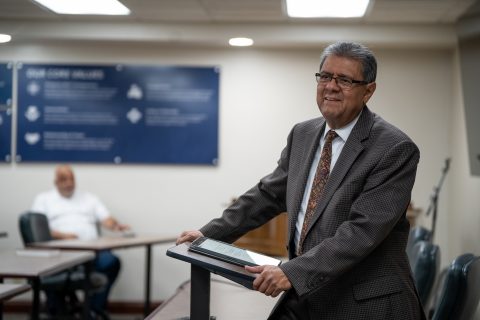
“I was nervous, and I didn’t know how to handle that,” Salazar recalled, “but I continued preaching.” That man, a few years later, became one of the deacons, and later, an elder, preaching in the church.
“This is the most rewarding thing that I can say— seeing the transformation,” he said, “seeing how the Holy Spirit works in the life of people.”
“I’m not diminishing presidency,” he said. “I enjoyed it. I see that there were some fulfillments as well. But you used one word: ‘What were the most fulfilling moments you had in ministry?’ In administration, the most fulfilling moments that I enjoyed is seeing young people, young pastors, growing.”
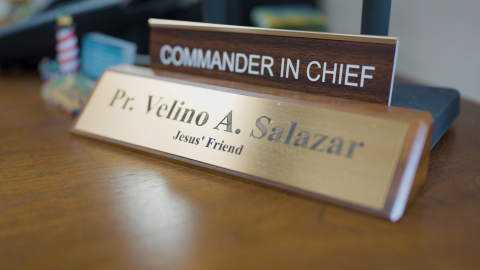
Influence is something Salazar takes seriously. He was mindful of his influence throughout the conference during his nine years as president. The main message he wanted to convey? “That we were Christ-like leaders, and we should be Christ-like family,” he reflected. “This doesn’t mean that we have to agree on everything. But, yes, definitely, no question—we have to respect each other.”
Salazar continues to be a steward of his influence—utilizing it to impact younger leaders. When asked what retirement would hold for him, he shared hopes to continue leading in a new way. “Continue being available to inspire younger leaders,” he said. “I aspire, if allowed, to mentor young pastors and administrators. And, obviously, preach from time to time. That’s what I envision.”
“I can say, thank God, He has equipped me to do what He expected from me to do.”

